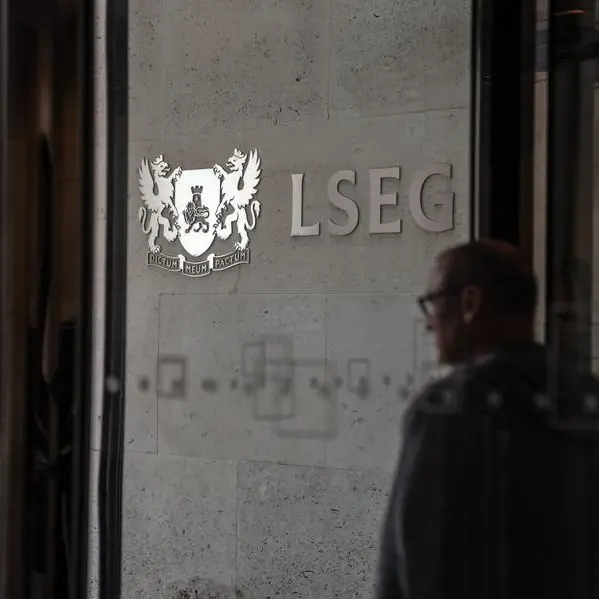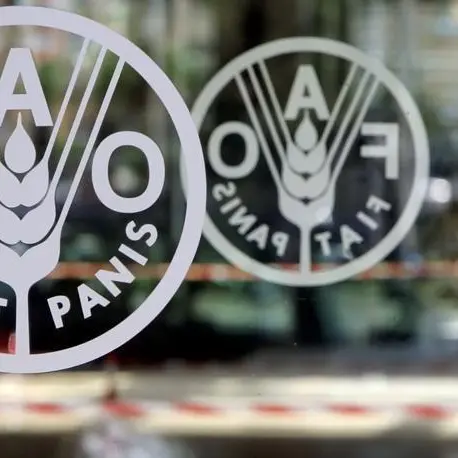PHOTO
U.S. natural gas futures jumped about 5% to a one-week high on Monday as higher European prices keep U.S. liquefied natural gas (LNG) exports strong even though Europe has more gas in storage compared with normal than the United States.
Also supporting U.S. prices, power demand in Texas was expected to soar to a monthly record on Monday as homes and businesses crank up their air conditioners to escape another spring heatwave.
Traders noted U.S. prices were up despite a 5% drop in European prices and forecasts for milder weather and lower U.S. demand over the next two weeks than previously expected.
U.S. front-month gas futures for June delivery were up 39.5 cents, or 5.2%, to $8.058 per million British thermal units (mmBtu) at 9:28 a.m. EDT (1328 GMT), putting the contract on track for its highest close since May 5.
U.S. gas speculators, however, cut their net long futures and options positions on the New York Mercantile and Intercontinental Exchanges for a fourth week in a row last week to the lowest since June 2020 as recent interest rate rises cause investors to exit risky assets like commodities, according to the U.S. Commodity Futures Trading Commission's Commitments of Traders report.
U.S. gas futures were up about 119% since the start of the year as higher global prices kept demand for U.S. LNG exports strong since Russia's Feb. 24 invasion of Ukraine. Gas was trading around $29 per mmBtu in Europe and $23 in Asia.
The U.S. contract rose to a 13-year high near $9 on May 6. The U.S. gas market remains mostly shielded from those much higher global prices because the United States is the world's top gas producer, with all the fuel it needs for domestic use while capacity constraints inhibit exports of more LNG no matter how high global prices rise.
Data provider Refinitiv said average gas output in the U.S. Lower 48 states climbed to 94.9 billion cubic feet per day (bcfd) so far in May from 94.5 bcfd in April. That compares with a monthly record of 96.1 bcfd in November 2021. Refinitiv projected average U.S. gas demand, including exports, would slide from 89.2 bcfd this week to 88.4 bcfd next week. Those forecasts were lower than Refinitiv's outlook on Friday. The amount of gas flowing to U.S. LNG export plants held at 12.2 bcfd so far in May, the same as April. That compares with a monthly record of 12.9 bcfd in March. The United States can turn about 13.2 bcfd of gas into LNG.
Since the United States will not be able to produce much more LNG anytime soon, it has worked with allies to divert LNG exports from elsewhere to Europe to help European Union (EU) countries and others break their dependence on Russian gas. Russia, the world's second-biggest gas producer, has provided about 30% to 40% of Europe's gas, totaling about 18.3 bcfd in 2021.
The EU wants to cut Russian gas imports by two-thirds by the end of 2022 and refill stockpiles to 80% of capacity by Nov. 1, 2022, and 90% by Nov. 1 each year beginning in 2023. Russian gas exports to Europe rose to around 8.2 bcfd on Sunday from about 8.1 bcfd on Friday on the three mainlines into Germany: North Stream 1 (Russia-Germany), Yamal (Russia-Belarus-Poland-Germany) and the Russia-Ukraine-Slovakia-Czech Republic-Germany route. That compares with an average of 11.9 bcfd in May 2021.
Gas stockpiles in Northwest Europe - Belgium, France, Germany and the Netherlands - were about 14% below the five-year (2017-2021) average for this time of year, down from 39% below the five-year norm in mid-March, according to Refinitiv. Storage was currently about 36% of full capacity. U.S. inventories, meanwhile, were around 16% below their five-year norm.
(Reporting by Scott DiSavino; editing by Jonathan Oatis)





















